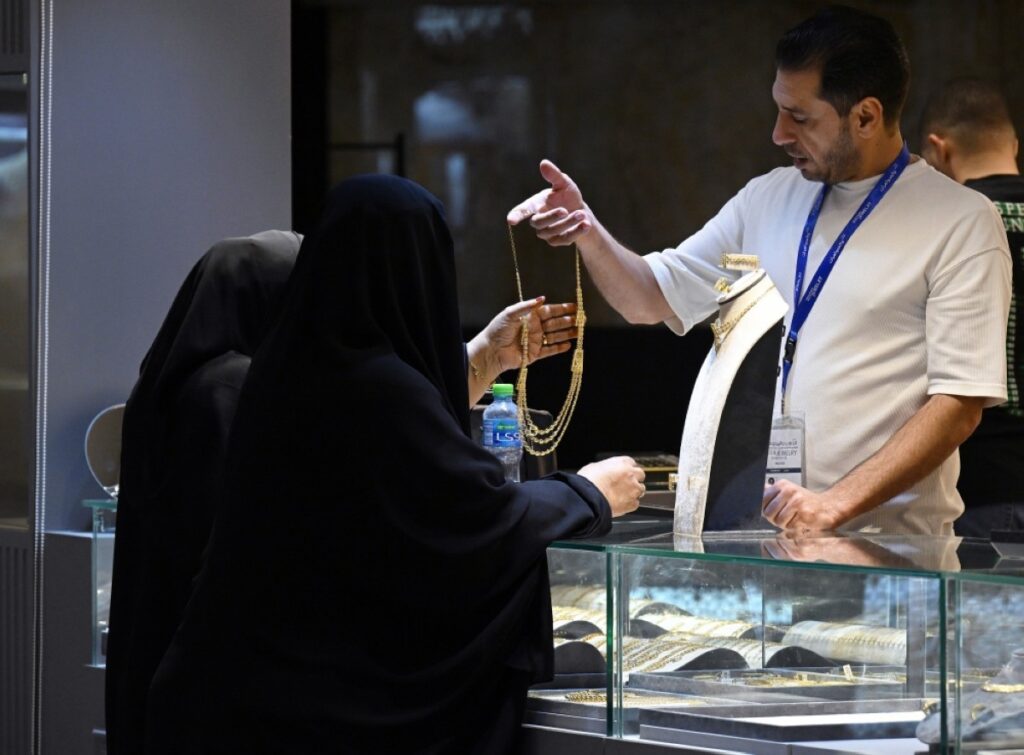KUWAIT: Global gold prices witnessed a sharp increase at the close of the first week of July, reaching $3,337 per ounce, as investors turned to the precious metal as a safe haven amid mounting economic and geopolitical uncertainties. In a report issued Sunday, Kuwait’s Dar Al-Sabayek Company attributed the surge to a range of interrelated factors, foremost among them growing concerns over the widening fiscal deficit in the United States. The company noted that fears escalated after the US House of Representatives approved a tax cut and spending expansion package proposed by former President Donald Trump’s administration.
According to the report, projections by the Congressional Budget Office and the Joint Committee on Taxation estimate that the package will increase US public debt by more than $3.4 trillion over the next decade. The resulting pressure on the US dollar prompted many investors to boost their gold holdings to hedge against market instability and the weakening purchasing power of the currency.
The report also highlighted the intensification of trade tensions following the US President’s announcement of new tariffs on several countries, potentially reaching up to 70 percent. These tariffs, expected to take effect in early August, have sparked fears of retaliatory measures by nearly 100 countries should trade agreements fail to materialize by July 9, as warned by the US Treasury Secretary. These developments have contributed to a retreat in the US dollar index, which fell to 97 points against major currencies, further strengthening gold’s appeal. The report pointed out that the holiday-induced liquidity decline in US markets, particularly around the Independence Day holiday, helped reduce selling pressure in the final trading sessions of the week. Despite the upward momentum, gold’s gains were partially curbed by positive US labor market data. Official figures showed that 147,000 jobs were added in June and the unemployment rate dipped to 4.1 percent. This data has dampened expectations of an imminent interest rate cut by the Federal Reserve. Moreover, the rise in yields on 10-year US Treasury bonds to 4.338 percent exerted additional pressure on gold prices.
Dar Al-Sabayek stated that gold continues to respond to shifts in both economic indicators and political developments, even with US markets closed. Investor sentiment remains cautious as markets await key monetary policy signals from global central banks, including the release of the US Federal Open Market Committee (FOMC) meeting minutes and weekly unemployment claims data.
Locally, the report noted that gold prices mirrored global trends in the Kuwaiti market. The price of 24-karat gold reached KD 32.89 per gram (approximately $107), while 22-karat gold was priced at KD 30.15 per gram (about $98). The price of silver remained stable at KD 407 per kilogram (roughly $1,329). Gold is traditionally measured in troy ounces, with one troy ounce equivalent to approximately 31.103 grams, the standard unit for weighing precious metals. — KUNA

